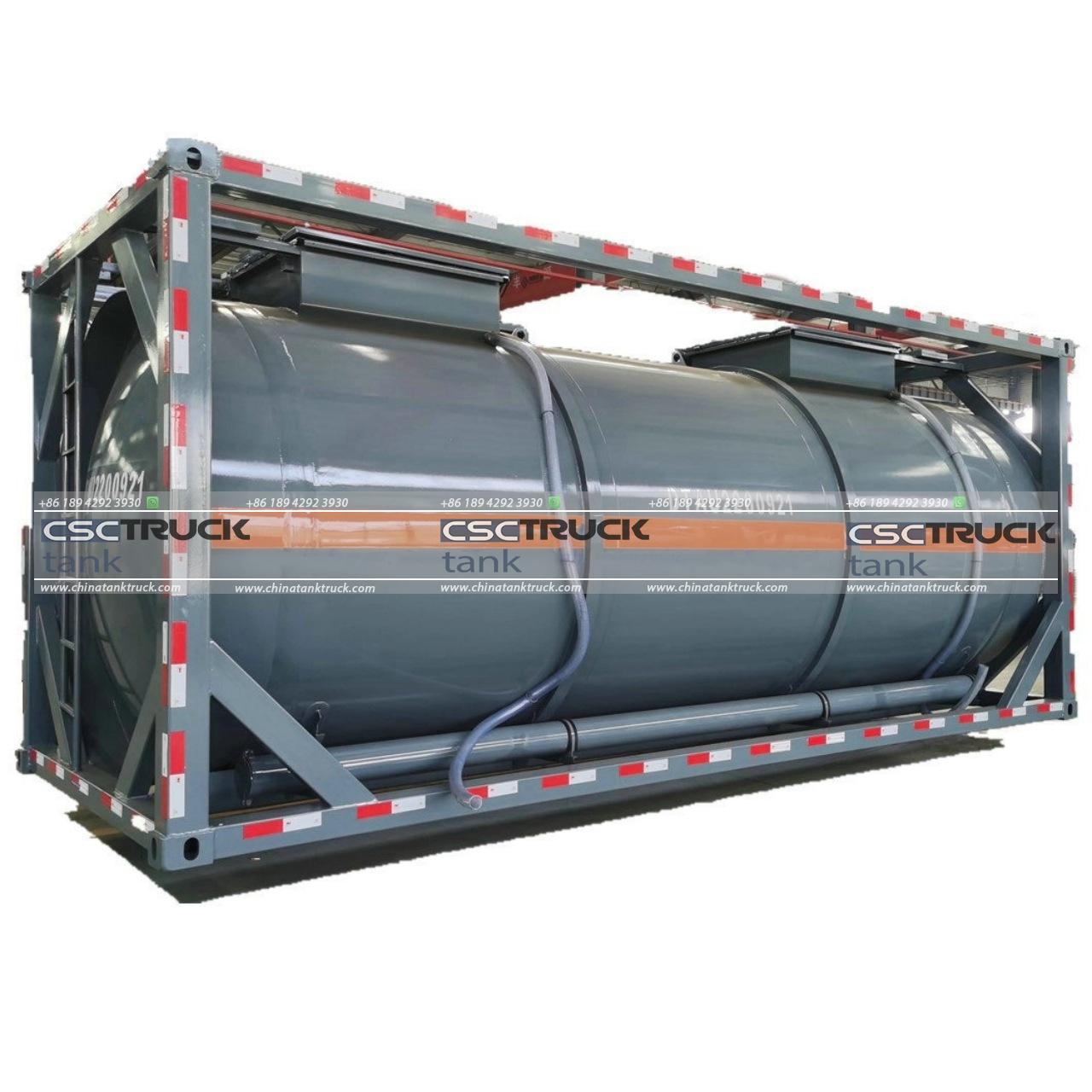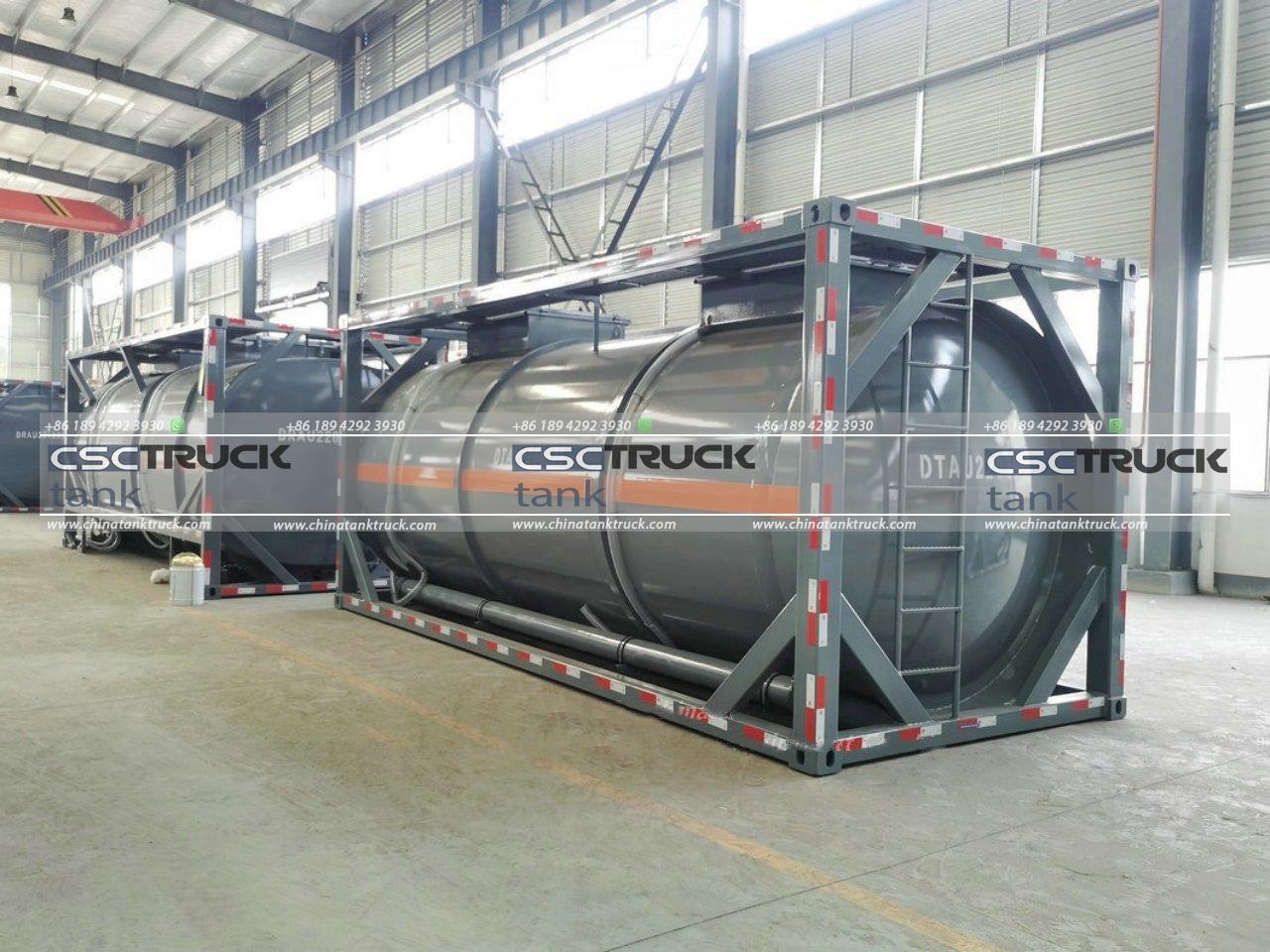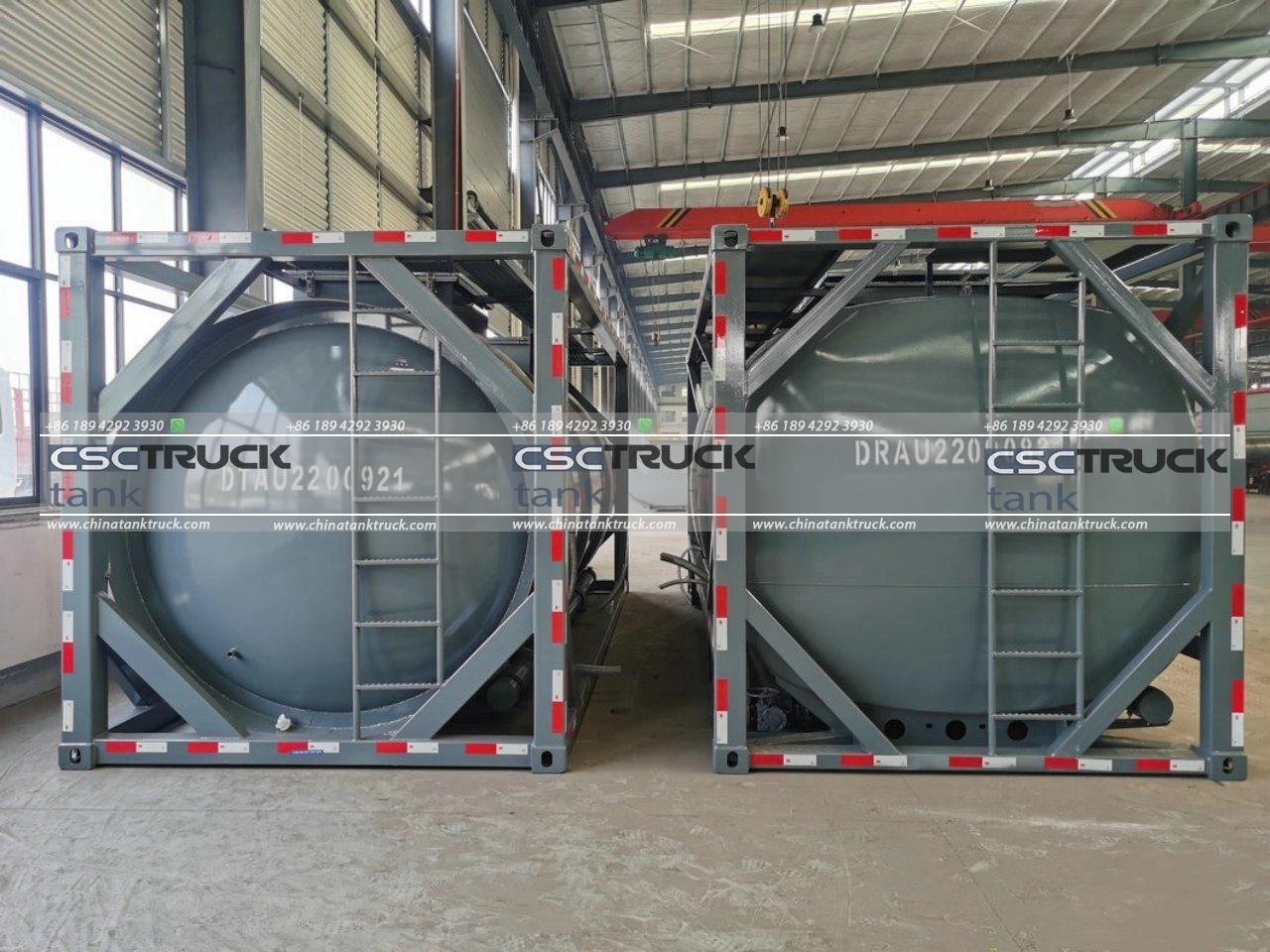What are the Requirements for ISO Tank Containers?
An ISO tank container is a specialized type of container designed to transport liquids, gases, and powders in bulk. Built according to the guidelines set by the International Organization for Standardization (ISO), these containers are commonly used in the logistics, chemical, food, and petroleum industries due to their high safety standards, durability, and versatility. This article explores the specific requirements for ISO tank containers, including design standards, safety measures, materials of construction, and operational protocols, ensuring their global acceptance and safe use.
1. Design Standards for ISO Tank Containers
The fundamental requirement for ISO tank containers is adherence to the international design standards defined by ISO. These containers must conform to ISO 668 and ISO 1496/3, which regulate the dimensions, strength, and load-carrying capacity of the containers.
– Dimensions and Capacity: ISO tank containers come in standard lengths of 10, 20, 30, and 40 feet, with 20-foot tanks being the most common. The tanks are typically cylindrical, mounted within a rectangular steel framework that conforms to standard container dimensions (8 feet wide and 8.6 feet high). The capacity of an ISO tank container usually ranges from 17,500 to 26,000 liters, depending on its application and the specific cargo being transported.
– Pressure Rating: ISO tank containers are designed to handle a wide range of pressures. Depending on the cargo being transported, the container’s pressure rating can vary between 4 and 35 bar. For transporting gases, higher-pressure ratings are necessary, while liquids and chemicals often require tanks rated for lower pressures.
– Frame Strength: The external frame of an ISO tank container must be strong enough to withstand the physical stresses of transportation, including lifting, stacking, and loading operations. This is crucial for their safe movement by various modes of transport, including ships, trains, and trucks. ISO tank containers are also built to withstand extreme weather conditions and environments, ensuring long-term durability.

2. Materials of Construction
The choice of materials used in constructing an ISO tank container is vital, as they must be resistant to corrosion, compatible with the cargo, and capable of maintaining structural integrity under various conditions. The key materials typically used include:
– Stainless Steel: Most ISO tanks are constructed from high-quality stainless steel, particularly when transporting hazardous or sensitive chemicals. Stainless steel is resistant to corrosion, making it suitable for transporting a wide variety of liquids, including acids, alcohols, and petroleum products.
– Protective Coatings: To prevent corrosion and extend the life of the tank, many ISO containers are coated with specialized protective layers, such as phenolic, zinc, or epoxy coatings. These coatings are particularly essential when the tank is used to transport aggressive chemicals or products that can react with metal.
– Insulation: For products that require temperature control, ISO tank containers can be insulated using polyurethane foam, rock wool, or other insulating materials. This ensures that temperature-sensitive liquids, such as certain chemicals, food products, and pharmaceuticals, maintain their integrity throughout transport.
– Cladding: In some cases, ISO tanks are fitted with an outer cladding of aluminum or stainless steel to provide additional protection and to ensure easy cleaning and maintenance.
3. Safety Requirements
ISO tank containers must meet rigorous safety standards to ensure the safe transport of dangerous goods, such as flammable, toxic, or corrosive chemicals. The main safety requirements include:
– Pressure Relief Systems: Tanks must be equipped with pressure-relief valves to prevent over-pressurization during transport. These valves automatically release pressure in case the tank’s internal pressure exceeds a safe level, thus preventing tank rupture or explosion.
– Manhole Access: ISO tank containers typically have a manhole, which allows operators to access the interior of the tank for cleaning, inspection, and loading purposes. This manhole must be securely sealed to prevent any leakage or spillage during transport.
– Spill Containment: When transporting hazardous materials, the design must ensure that spills or leaks are minimized. Many ISO tank containers feature secondary containment systems, such as double-walled construction or external drip trays, to catch any accidental spills.
– Fire Resistance: ISO tank containers used for transporting flammable liquids or gases must comply with fire resistance standards. Materials used in their construction should not only prevent corrosion but also provide resistance to fire in case of an accident.
– Grounding: For tanks carrying flammable liquids or gases, proper grounding is essential to prevent static electricity from causing sparks, which could ignite a fire or explosion. Grounding connections must be included to dissipate any buildup of static electricity safely.

4. Operational Requirements
ISO tank containers must comply with a range of operational guidelines to ensure safe and efficient usage. These guidelines cover various aspects of loading, transporting, and maintaining the containers:
– Loading and Unloading: ISO tank containers must be equipped with appropriate valves, connections, and fittings to ensure the safe and efficient transfer of liquids or gases. For example, bottom valves may be required for unloading heavier liquids, while gases may be transferred through specialized connection points at the top of the tank.
– Certification and Inspection: To maintain safety standards, ISO tank containers must be periodically inspected and certified according to international regulations, such as the International Maritime Dangerous Goods (IMDG) Code and the International Convention for Safe Containers (CSC). These inspections typically occur every 2.5 years (known as an intermediate inspection) and every 5 years (a more thorough periodic inspection).
– Markings and Labels: ISO tank containers must be marked with information such as the tank’s maximum gross weight, tare weight, and capacity. If the tank is transporting hazardous materials, it must also display the relevant warning labels and placards, such as flammable or toxic symbols, in compliance with the IMDG and other international regulations.
– Cleaning and Maintenance: Proper cleaning and maintenance are essential to the safe operation of ISO tank containers. Tanks used to transport food products, for example, must be thoroughly cleaned and sterilized between uses to avoid contamination. Similarly, tanks used for hazardous chemicals require specialized cleaning procedures to remove any residue that could react with future cargo or pose a safety hazard.
5. Environmental and Regulatory Compliance
As environmental concerns grow, ISO tank containers must comply with a range of environmental and regulatory requirements, ensuring that they are safe for both people and the environment. These include:
– Leak Prevention: ISO tank containers must be designed and maintained to prevent leaks and emissions during transport. This is particularly important when transporting hazardous or environmentally sensitive materials.
– Emission Standards: In response to global environmental regulations, ISO tank containers must meet emission standards to minimize their impact on air quality. This involves ensuring that tanks carrying gases do not leak harmful emissions into the atmosphere.
– International Regulations: ISO tank containers must also comply with a variety of international regulations governing the transportation of dangerous goods. These include the IMDG Code, the European Agreement concerning the International Carriage of Dangerous Goods by Road (ADR), and the United Nations Model Regulations for the Transport of Dangerous Goods.

Conclusion
ISO tank containers are an essential tool in global logistics, enabling the safe and efficient transport of a wide range of bulk liquids, gases, and powders. They must adhere to strict design, material, safety, and operational requirements set by ISO and international regulatory bodies. By meeting these standards, ISO tank containers help ensure the safety of the cargo, the environment, and the people involved in their transport, while providing a versatile and cost-effective solution for companies worldwide.

